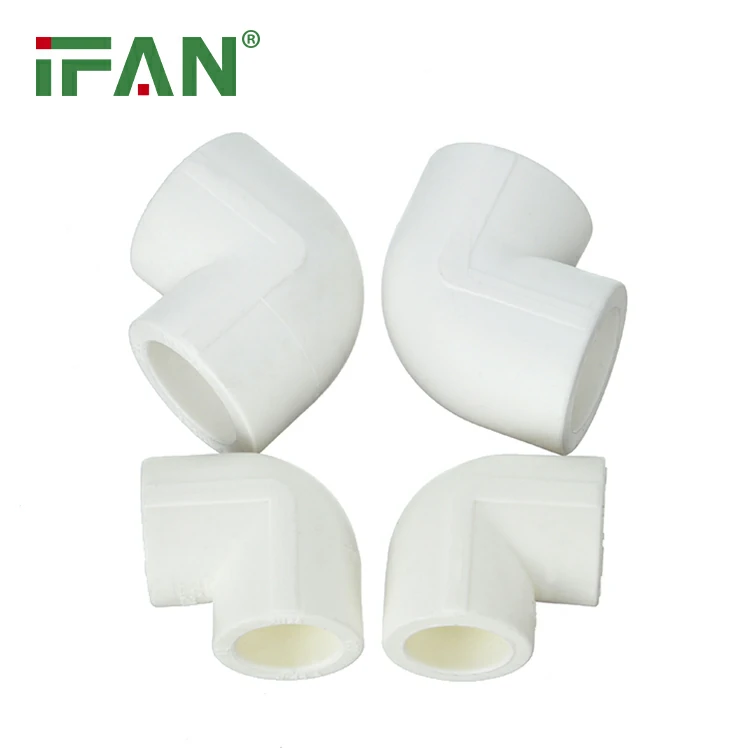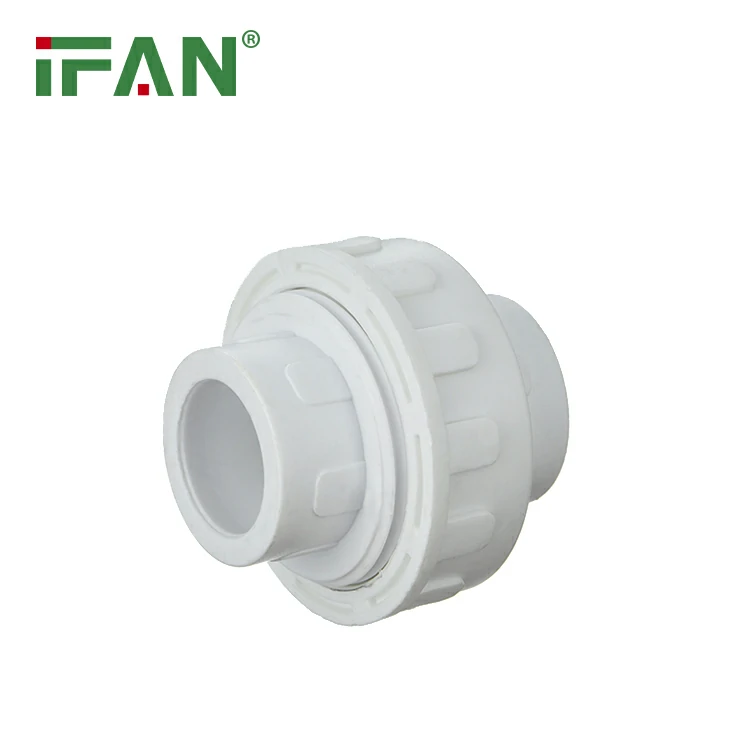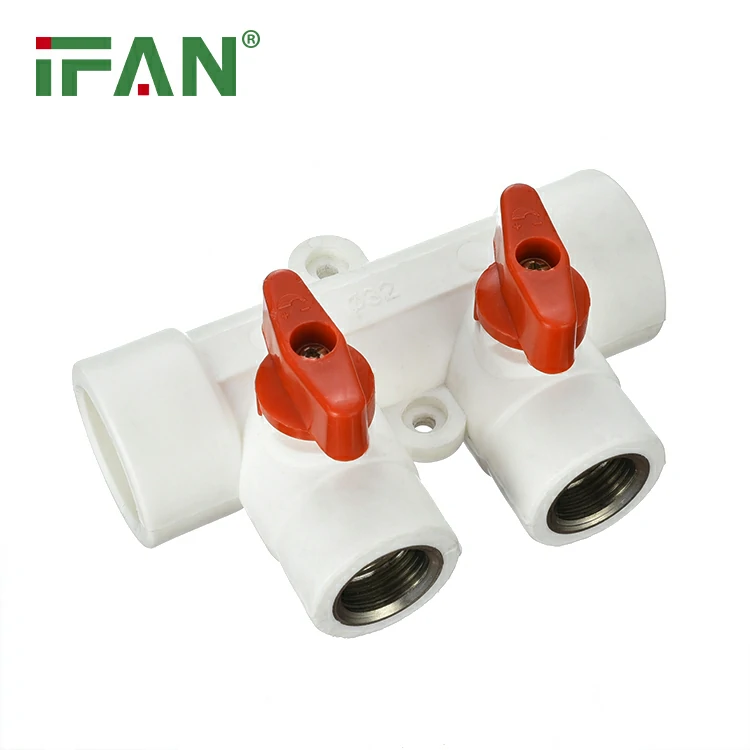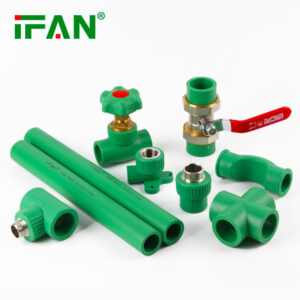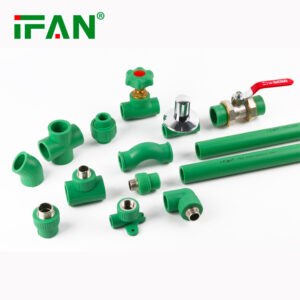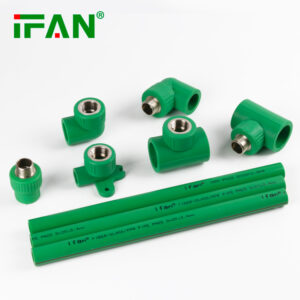ASTM F2389 Troubleshooting Common Issues with PPR Fittings
Whatsapp Us
Share
Description
IFAN factory 30+ years manufacture experience support color /size customization support free sample.Welcome to consult for catalog and free samples.This is our Facebook Website:www.facebook.com,Click to watch IFAN’s product video.Compared with Tomex products, our IFAN products from quality to price are your best choice, welcome to buy!
Polypropylene Random Copolymer (PPR) fittings are a popular choice for plumbing due to their durability, resistance to corrosion, and versatility. However, like any plumbing material, they can experience issues that affect their performance. Understanding how to troubleshoot and address these common problems can save time, effort, and money in the long run.
In this article, we’ll explore the most common issues with PPR fittings, how to identify them, and the steps you can take to resolve them.
1. Leaks in PPR Fittings
Problem:
One of the most common issues encountered with PPR fittings is leakage. This can happen at the joints, connections, or threaded parts of the fitting.
Causes:
– Improper Installation: The most frequent cause of leakage in PPR fittings is improper installation. If the fitting has not been properly fused, it may not create a secure seal, allowing water to leak.
– Faulty Fitting: Sometimes, the fitting itself might be defective or damaged during transport or installation, leading to leakage.
– High Water Pressure: PPR pipes are resistant to pressure but can leak if the pressure exceeds the recommended limit.
Solution:
– Recheck the Fusion Process: Ensure that the pipes and fittings are fused properly, using the correct fusion temperature and pressure. If you suspect a bad fusion, reheat and fuse the joint again.
– Replace Damaged Fittings: If the leak is due to a defective fitting, replace the fitting with a new one.
– Control Water Pressure: Ensure that the water pressure in your system is within the recommended range for PPR fittings to avoid excess pressure that could lead to leakage.
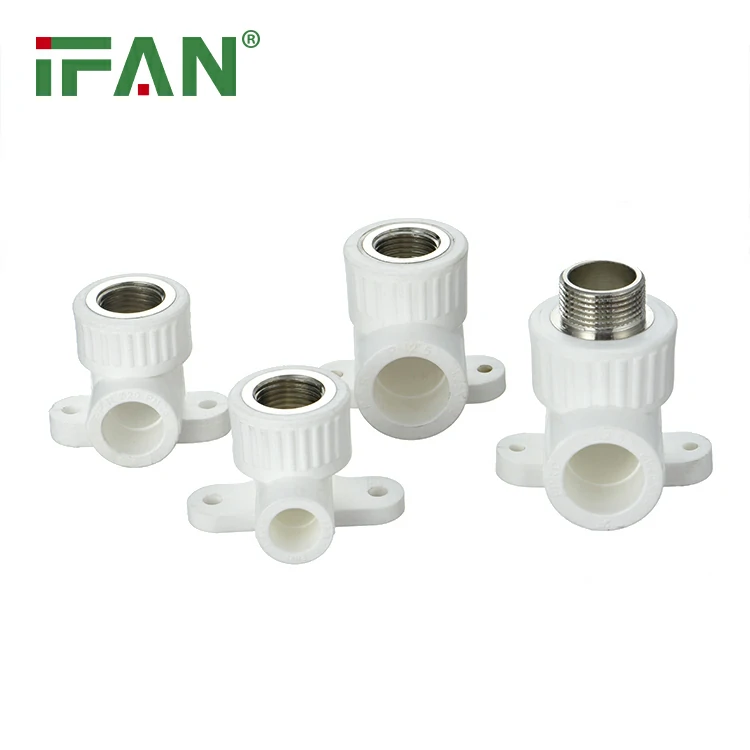
2. Cracking or Brittle Fittings
Problem:
PPR fittings are known for their durability, but they can become brittle or crack over time, especially under extreme temperature fluctuations or improper handling.
Causes:
– Exposure to Extreme Temperatures: If PPR pipes and fittings are exposed to extremely high or low temperatures, they can become brittle and prone to cracking.
– Improper Storage: Storing PPR fittings in places with direct sunlight or extreme cold can weaken the material.
– Aging: Over time, exposure to harsh conditions can cause the material to degrade and crack.
Solution:
– Avoid Extreme Temperatures: Install PPR systems in environments where temperatures are within the recommended range (generally 0°C to 95°C). Avoid exposing the fittings to sudden temperature changes.
– Proper Storage: Store PPR fittings in a cool, dry place away from direct sunlight and extreme temperatures.
– Replace Damaged Fittings: If you notice cracks or brittleness, replace the affected fittings immediately to prevent further damage.
3. Water Pressure Drop
Problem:
A significant drop in water pressure can occur in systems using PPR fittings. This issue might be more noticeable when there are multiple fixtures using water simultaneously.
Causes:
– Incorrect Pipe Size: Using PPR fittings that are too small for the required water flow can result in a drop in pressure.
– Clogging or Obstruction: Over time, mineral deposits or debris can clog PPR fittings, leading to restricted water flow and reduced pressure.
– Improper Joint Installation: If the joints are not properly sealed, air may enter the system, disrupting the water pressure.
Solution:
– Use Proper Pipe Size: Ensure that the pipe size is appropriate for your water system. Consult with a plumbing professional to verify the correct sizing.
– Clear Clogs: Periodically inspect the system for clogs. Clean the pipes and fittings, or replace those that are severely obstructed.
– Check and Seal Joints Properly: Inspect the joints for air leaks. Reinstall or refit the joints if necessary to restore the proper water flow.
4. Inconsistent Heating in Radiant Systems
Problem:
PPR fittings are commonly used in radiant heating systems, where warm water flows through pipes embedded in floors. If you notice uneven heating or cold spots, there could be an issue with the PPR fittings.
Causes:
– Improper Fusion: Poor fusion of the fittings and pipes can lead to improper flow of water in the heating system, causing inconsistent heating.
– Air Trapped in System: Air trapped in the pipes or fittings can disrupt the even flow of warm water, leading to cold spots in the heating area.
– Blockages: Debris or sediment build-up can block the flow of water, preventing uniform heating.
Solution:
– Ensure Proper Installation: Revisit the fusion process to ensure that all pipes and fittings are securely connected.
– Bleed the System: If air is trapped in the pipes, use the bleeding valve to release the trapped air and restore proper circulation.
– Clear Blockages: Flush the system to remove any blockages or debris that may be obstructing the flow of water.
5. Discoloration of Water
Problem:
Sometimes, the water in a plumbing system using PPR fittings may become discolored, typically appearing cloudy, yellow, or brown. This is often a concern for homeowners using PPR in drinking water systems.
Causes:
– Contamination during Installation: If dirt or debris enters the system during installation, it can cause discoloration of the water.
– Aging of Fittings: Over time, PPR fittings can degrade and release particles into the water, resulting in discoloration.
– Water Quality Issues: Poor water quality with high levels of minerals or chemicals can lead to discoloration.
Solution:
– Clean the System: Flush the pipes and fittings to clear out any dirt or debris that may have been trapped during installation.
– Replace Aging Fittings: If the discoloration is due to aging PPR fittings, replace them with new ones to restore water quality.
– Check Water Quality: Test the water quality to ensure there are no issues with minerals or contaminants that could be affecting the system.
Frequently Asked Questions (FAQs)
1. What causes leakage in PPR fittings?
Leakage can be caused by improper installation, faulty fittings, or excessive water pressure.
2. Can PPR fittings crack over time?
Yes, exposure to extreme temperatures or improper storage can cause PPR fittings to crack or become brittle.
3. How do I restore water pressure in a PPR plumbing system?
To restore water pressure, ensure the pipe size is appropriate, clear any clogs, and check the joints for air leaks.
4. Can PPR fittings be used for both hot and cold water?
Yes, PPR fittings are ideal for both hot and cold water systems due to their resistance to high temperatures.
5. How do I prevent discoloration in water from PPR systems?
To prevent discoloration, ensure proper installation, replace aging fittings, and test the water quality for contaminants.
By understanding the common issues associated with PPR fittings and how to troubleshoot them, you can ensure that your plumbing system remains functional and efficient for years to come. Proper installation and regular maintenance are key to preventing many of these issues.
Related products
-
PPR Fittings
Easy to Install Brass Fittings for DIY Projects
-
PPR Fittings
Versatile Brass Fittings for All Your Plumbing Needs
-
PPR Fittings
Green Plastic PPR Material Fittings
-
PPR Fittings
Green PPR Fittings


